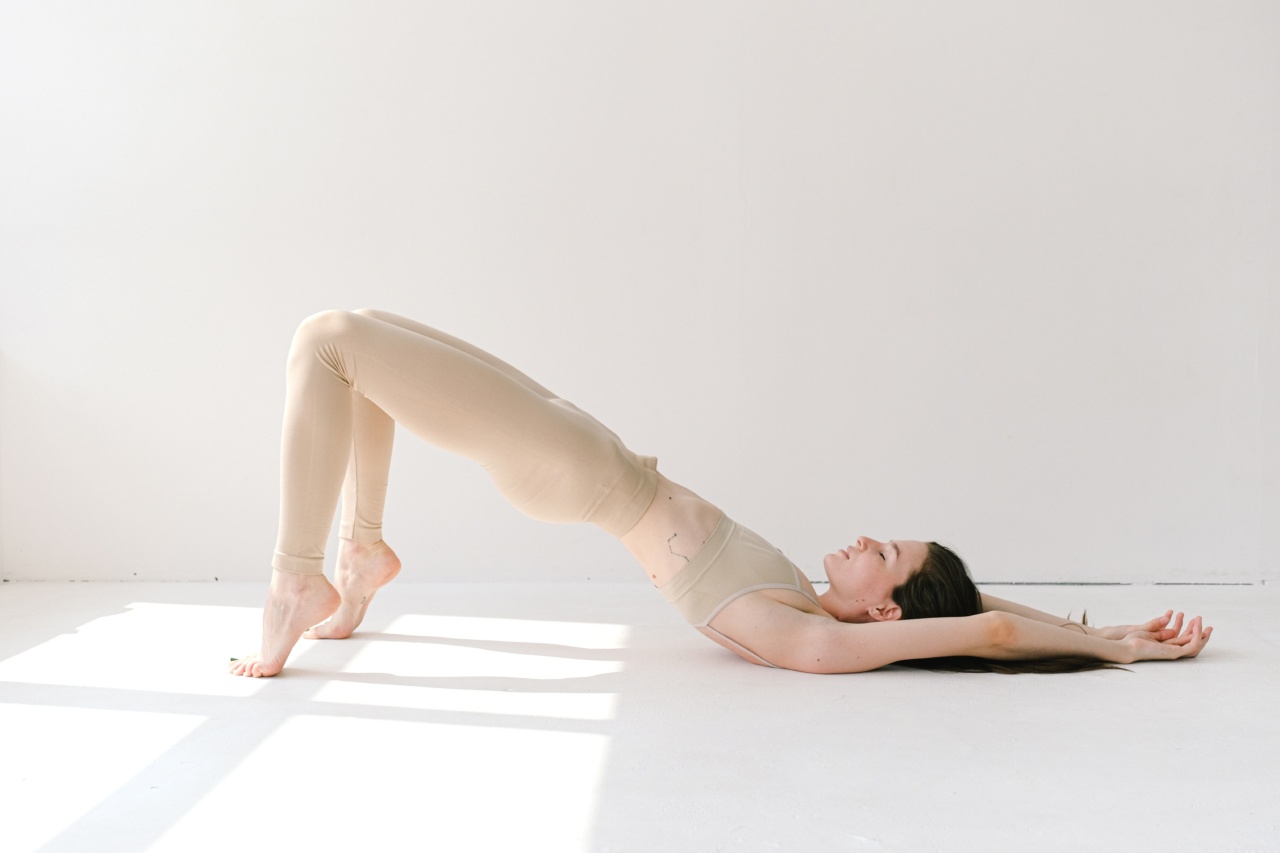Depression is a common mental disorder that affects millions of people worldwide. It can significantly affect the way one feels, thinks, and behaves, and if left untreated, it can lead to serious physical and emotional problems.
Studies have shown that yoga can be an effective complementary therapy for reducing depression symptoms, but how often should you practice yoga to get the best results?.
What is yoga?
Yoga is a mind-body practice that originated in ancient India. It involves physical postures, breathing techniques, and meditation, aimed at promoting physical and mental wellness.
Yoga is often used as a complementary therapy for a range of health conditions, including depression.
How does yoga reduce depression?
Studies have shown that yoga can help reduce depression symptoms in several ways. Firstly, yoga promotes the release of neurotransmitters such as serotonin, dopamine, and GABA, which are known to improve mood and reduce anxiety.
Secondly, practicing yoga can decrease levels of the stress hormone cortisol, which is often elevated in people with depression. Lastly, yoga can increase the body’s production of oxytocin, a hormone associated with feelings of trust and well-being.
How often should you practice yoga?
The frequency of yoga practice required to reduce depression symptoms depends on various factors, including the severity of depression, the type of yoga, and individual preferences.
However, in general, practicing yoga for at least 2 to 3 times per week can have a significant impact on depression symptoms.
What type of yoga is best for depression?
There are various types of yoga, and not all may be suitable for reducing depression symptoms. Some of the best types of yoga for depression include:.
Hatha yoga
Hatha yoga is a gentle form of yoga that involves slow paced movements and breathing exercises. It is often recommended for beginners or people with physical limitations.
Hatha yoga can help reduce anxiety and improve mood by promoting relaxation and mindfulness.
Vinyasa yoga
Vinyasa yoga is a more vigorous form of yoga that involves faster-paced movements and synchronized breathing. This type of yoga can help increase energy levels and reduce feelings of fatigue and lethargy often associated with depression.
Restorative yoga
Restorative yoga is a gentle form of yoga that involves using props such as blankets and bolsters to support the body in poses. This type of yoga promotes relaxation and can help reduce stress and anxiety often associated with depression.
: Conclusion
Yoga can be an effective complementary therapy for reducing depression symptoms. How often you should practice yoga depends on several factors, including the type of yoga, severity of depression, and individual preferences.
Generally, practicing yoga at least 2 to 3 times per week can have a significant impact on depression symptoms.






























